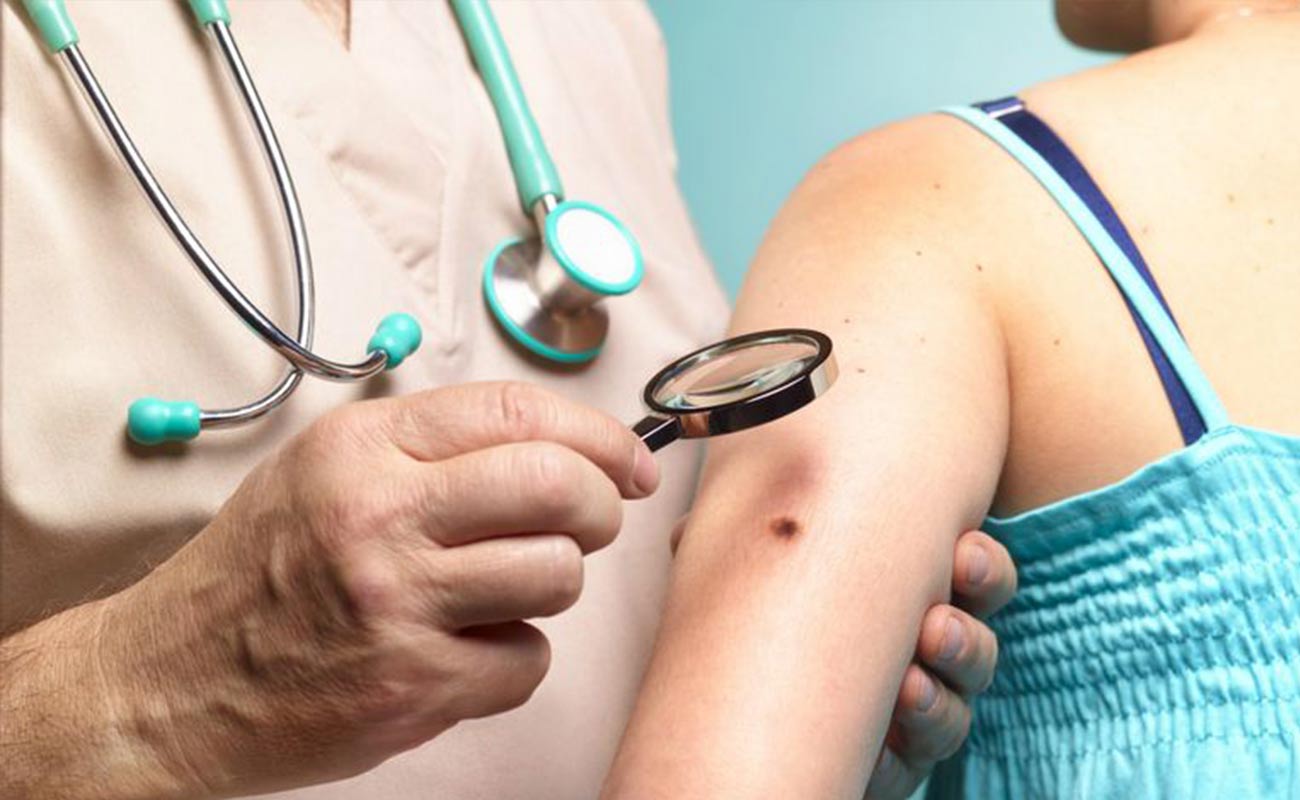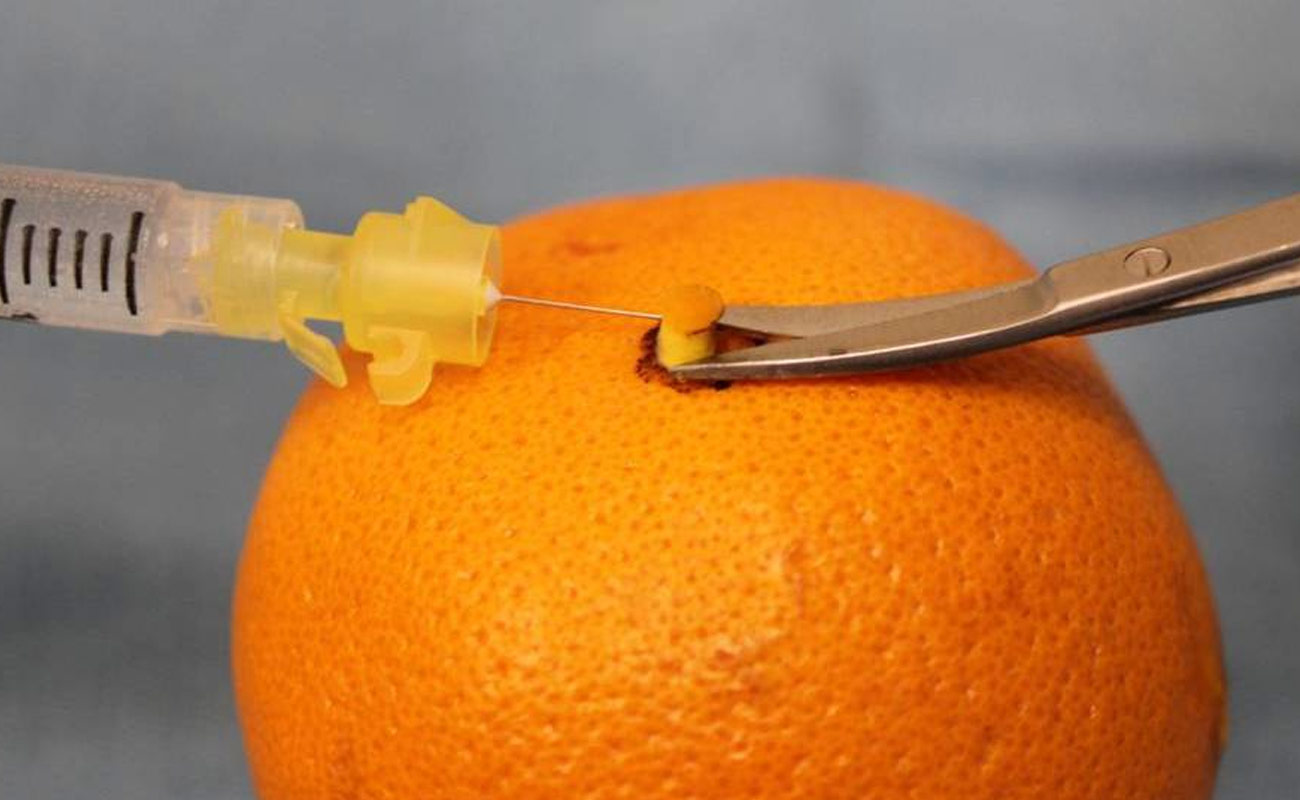A skin biopsy is the removal of a piece of skin for the purpose of further examination in the laboratory using a microscope. Skin biopsies are performed to diagnose a number of conditions. Biopsies are not meant to actually treat a skin condition.
Skin biopsies most often are done to diagnose skin cancer, which may be suspected when an abnormal area of skin has changed color, shape, size, or appearance or has not healed after an injury. Skin cancers are the most common type of cancers.

Early diagnosis of a suspicious skin lesion and skin biopsy can help identify skin cancers and lead to early treatment.
A skin biopsy is done to diagnose a:
Three main types of skin biopsies are:
A skin lesion biopsy requires little preparation from you. If you’re having a biopsy done on an open wound or infected patch of skin, your doctor will have to remove any bandaging.
There are several ways your doctor may remove a sample of tissue. The method your doctor chooses for you will depend on the reason for the biopsy location, size, and type of your lesion or sore.

Before any type of biopsy, you’ll receive local anesthesia to numb the biopsy site. Possible methods of collecting a skin sample for biopsy include the following.
If your doctor suspects that a growth is caused by the most aggressive form of skin cancer (melanoma), they will use an excisional biopsy to remove any potentially cancerous tissue along with a small border of healthy skin. The sample will then be sent to the lab for testing.
After the biopsy, the wound will be covered with gauze and other bandaging. You’ll be able to go home once the sample has been taken.
A skin biopsy is a generally safe procedure, but complications can occur, including:
Depending on the location of the skin biopsy, you may be asked to undress and change into a clean gown. A doctor or nurse then cleans the area of the skin to be biopsied. Your skin may be marked with a surgical marker or marking pen to outline the biopsy area.

You then receive a local anesthetic to numb the biopsy site. This is usually given by injection with a thin needle. The numbing medication can cause a burning sensation in the skin for a few seconds. Afterward, the biopsy site is numb and you shouldn't feel any pain or discomfort during the skin biopsy.
A skin biopsy is a procedure in which a sample of skin tissue is removed, processed, and examined under a microscope.
Results from a skin biopsy usually are available in 3 to 10 days.
Skin biopsy | |
Normal: | The skin sample consists of normal skin tissue. |
Abnormal: | Noncancerous (benign) growths are seen. Benign growths do not contain cancer cells. Benign skin changes include moles, skin tags, warts, seborrheic keratoses, keloids, cherry angiomas, and benign skin tumors, such as neurofibromas or dermatofibromas. |
Cancer cells such as basal cell cancer, squamous cell cancer, or melanoma are present. | |
Other diseases such as lupus, psoriasis, or vasculitis are present. | |
A bacterial or fungal infection is present. | |
Your doctor will talk with you about any abnormal results that may be related to your symptoms and past health.
Taking medicines, such as anti-inflammatory medicines, those used for fungal infections (antifungal medicines), and corticosteroid skin creams, can interfere with your test or the accuracy of the results.
Perez M, Lodha R, Nouri K. Skin biopsy techniques. In: Nouri K, Leal-Khouri S, editors. Techniques in dermatologic surgery. St. Louis: Mosby; 2003. pp. 75–80.
Fisher MM, Pennington JC. Allergy to local anaesthesia. Br J Anaesth. 1982; 54:893–4.
Christoph RA, Buchanan L, Begalla K, Schwartz S. Pain reduction in local anesthetic administration through pH buffering. Ann Emerg Med. 1988; 17:117–20.
Hruza GJ. Anesthesia. In: Bolognia JL, Jorizzo FL, Rapini RP, editors. Dermatology. New York: Elsevier Science; 2003. pp. 2233–42.
10. Mutalik S. How to make local anesthesia less painful? J Cutan Aesthet Surg. 2008; 1:37–8.
11. Atal-Shah R. Anaesthesia in dermatosurgery. In: Satish S, editor. Textbook of Dermatosurgery and Cosmetology. 2nd ed. Mumbai: ASCAD; 2005. pp. 53–64.
ncbi.nlm.nih.gov, emedicinehealth, healthline, medicinenet, webmd
Submit Comment